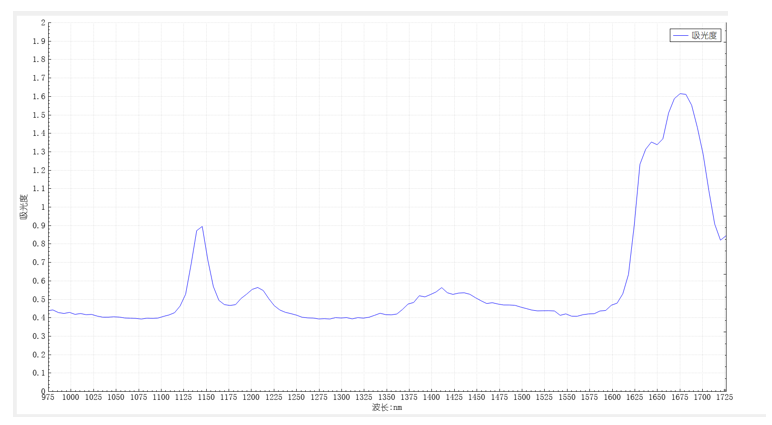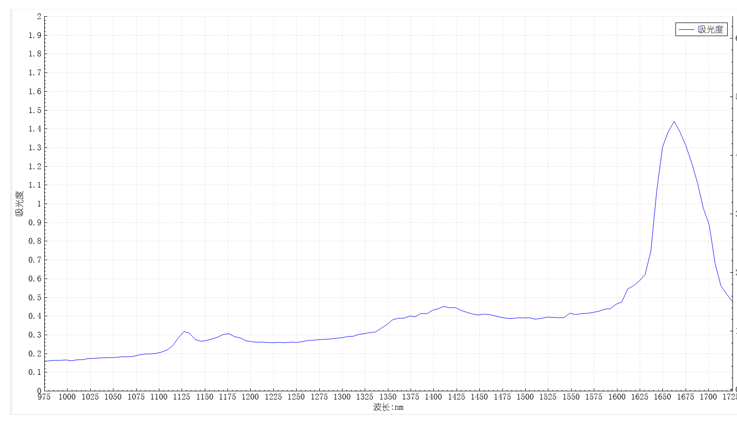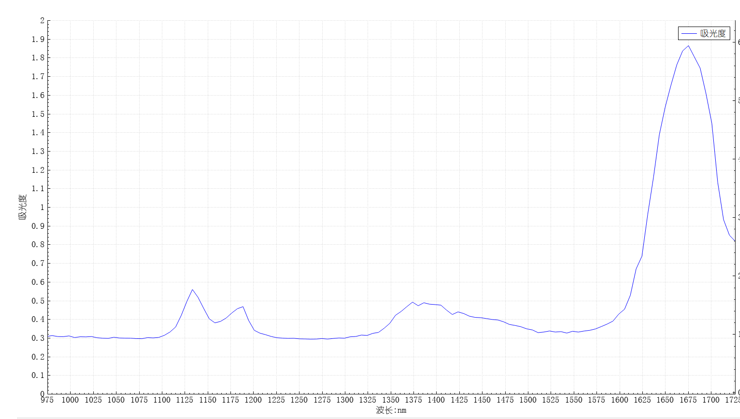1 Introduction
With the rapid development of the plastics industry, the application scope of plastic materials is becoming increasingly widespread. However, this growth has also led to an increase in plastic waste and the associated challenges of its treatment. Rapid and accurate identification of plastic types is of paramount importance for environmental protection and resource reuse. The near-infrared fiber optic spectrometer plays a key role in plastic type identification with its unique spectral analysis technology.
2 The principle of near-infrared spectroscopy plastic type identification
The principle of near-infrared fiber optic spectrometer in plastic type identification is mainly based on the unique absorption characteristics of different plastic materials in the near-infrared spectrum region. Due to differences in molecular structure, chemical bonds, and functional groups, each plastic material exhibits different absorption, reflection, and transmission characteristics towards near-infrared light. These differences make different plastic materials present unique "fingerprint" characteristics in the near-infrared spectrum.
By utilizing near-infrared fiber optic spectrometers to collect spectral data from plastic samples and subsequently processing and analyzing these data through chemometric methods, characteristic information related to the plastic type can be extracted. This characteristic information includes the intensity, position and shape of the absorption peak, reflection peak or transmission peak at a specific wavelength. By comparing the spectral characteristics of unknown plastic samples with the standard spectral library of known plastic types, rapid and accurate identification of plastic types can be achieved.
The SR50R17 provided by Jinsp is a small-sized, cost-effective 900nm~1700nm near-infrared spectrometer which employs an uncooled InGaAs sensor featuring high sensitivity and resolution. “Equipped with a reflection system, it is capable of testing PS, PET, and PC samples.

The absorbance spectrum of PS sample

The absorbance spectrum of PET sample

The absorbance spectrum of PC sample
According to the above test spectrum, there are significant differences in the features.
3 Characteristics of near-infrared spectroscopy analysis technology
As science and technology continue to develop, near-infrared technology software and hardware have been significantly improved. At the same time, the application of near-infrared technology has become the choice of people owing to its unique technical advantages
The sample detection time is short and the analysis efficiency is extremely high, so it is suitable for detecting a large number of samples.
1) It boasts a short sample detection time and extremely high analysis efficiency, making it ideal for detecting a large number of samples.
2) It exhibits high repeatability and good stability.
3) It provides non-destructive analysis, as near-infrared detection is non-contact and does not affect the sample in any way.
4) It exclusively acquires the spectral information of the detected object.
5) The entire detection process, devoid of chemical reactions, ensures safety, non-toxicity, and environmental friendliness.
6) It boasts simple operation and installation procedures, enabling its utilization in special environments, including toxic and harmful ones, through optical fiber transmission.
Despite the aforementioned advantages, near-infrared spectroscopy technology is not without limitations, such as its relatively low detection accuracy for trace samples and the algorithmic challenges in processing spectral data.
4 Application of near-infrared fiber optic spectrometer in plastic type identification
1) Environmental protection: In the process of garbage classification and recycling, near-infrared fiber optic spectrometer can quickly identify different types of plastic waste and realize resource utilization.
2) Product quality control: In the process of plastic production, near-infrared fiber optic spectrometer can be used for quality control of raw materials and consistency inspection of product batches.
3) Scientific research: In the scientific research of plastic materials, near-infrared fiber optic spectrometer can be used to study the molecular structure, chemical bonds and functional groups of different plastic materials, as well as their changing behaviors under various environmental conditions.
4) Law enforcement and supervision: In the field of environmental law enforcement and supervision, near-infrared fiber optic spectrometer can be used to detect whether plastic products sold on the market meet relevant standards and regulations.
For more details, please visit: Best SR50R17 Near Infrared Non-cooled Spectrometer manufacturers and suppliers | JINSP (jinsptech.com)
Post time: Jul-10-2024

